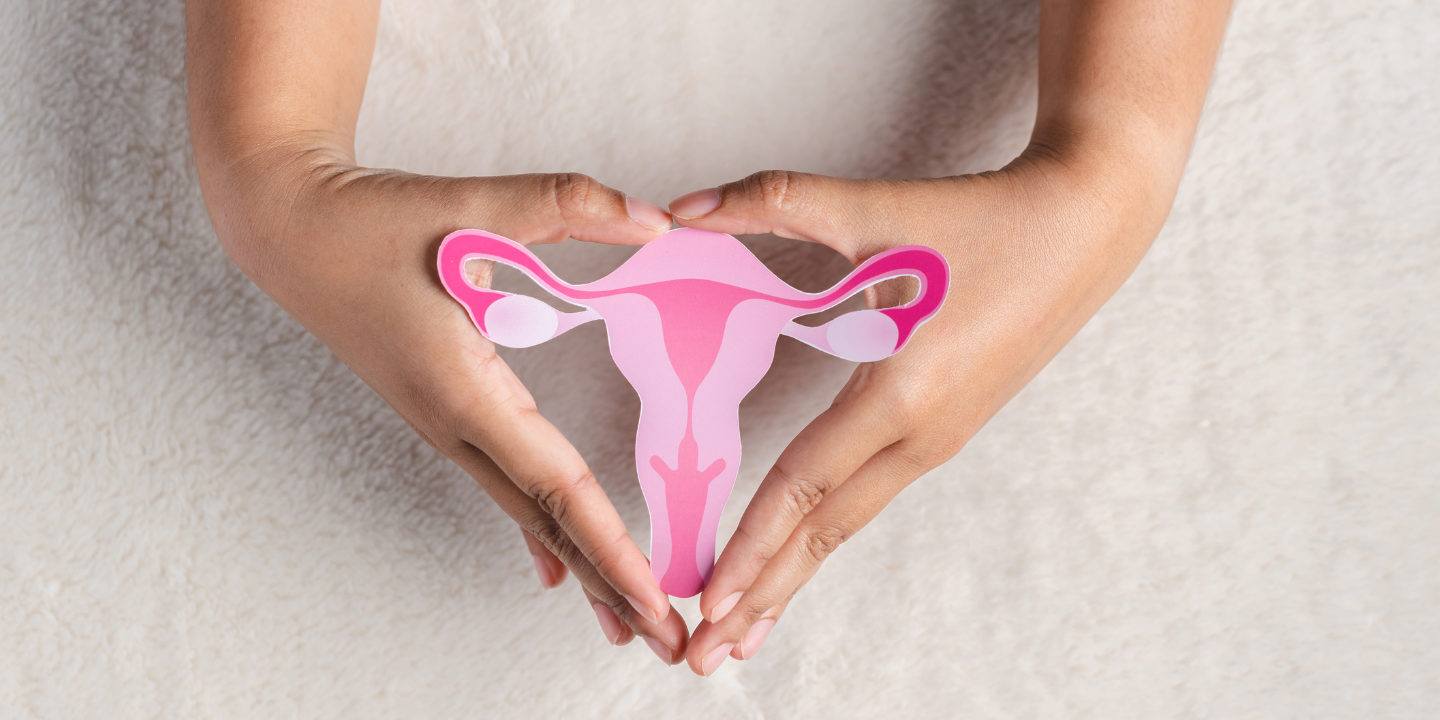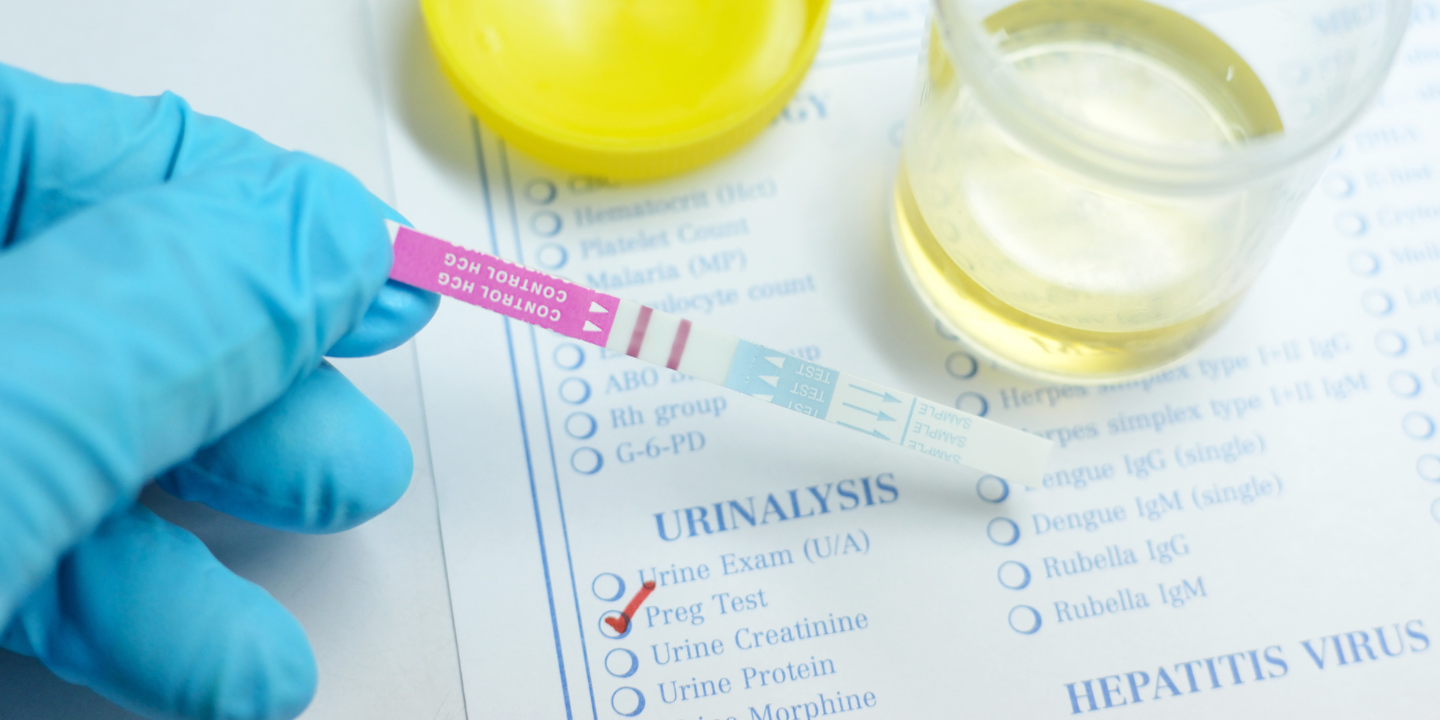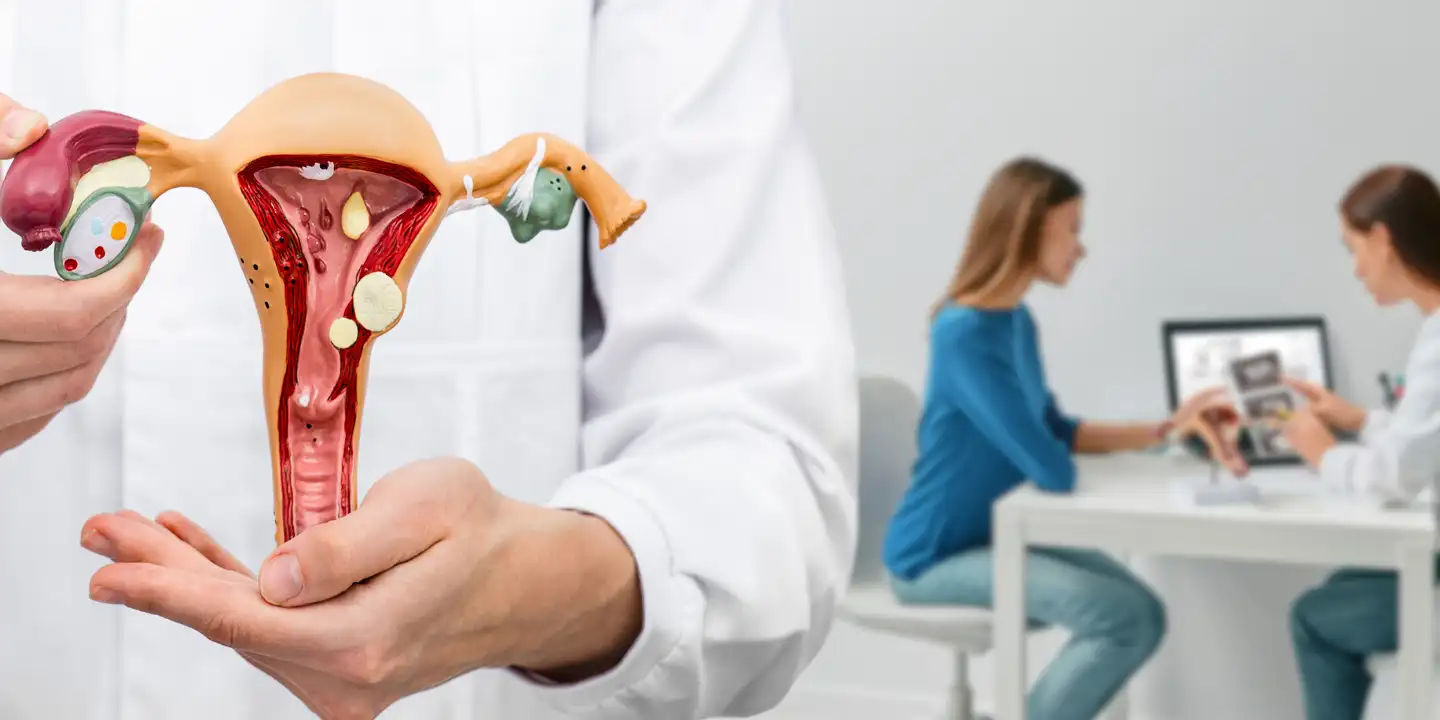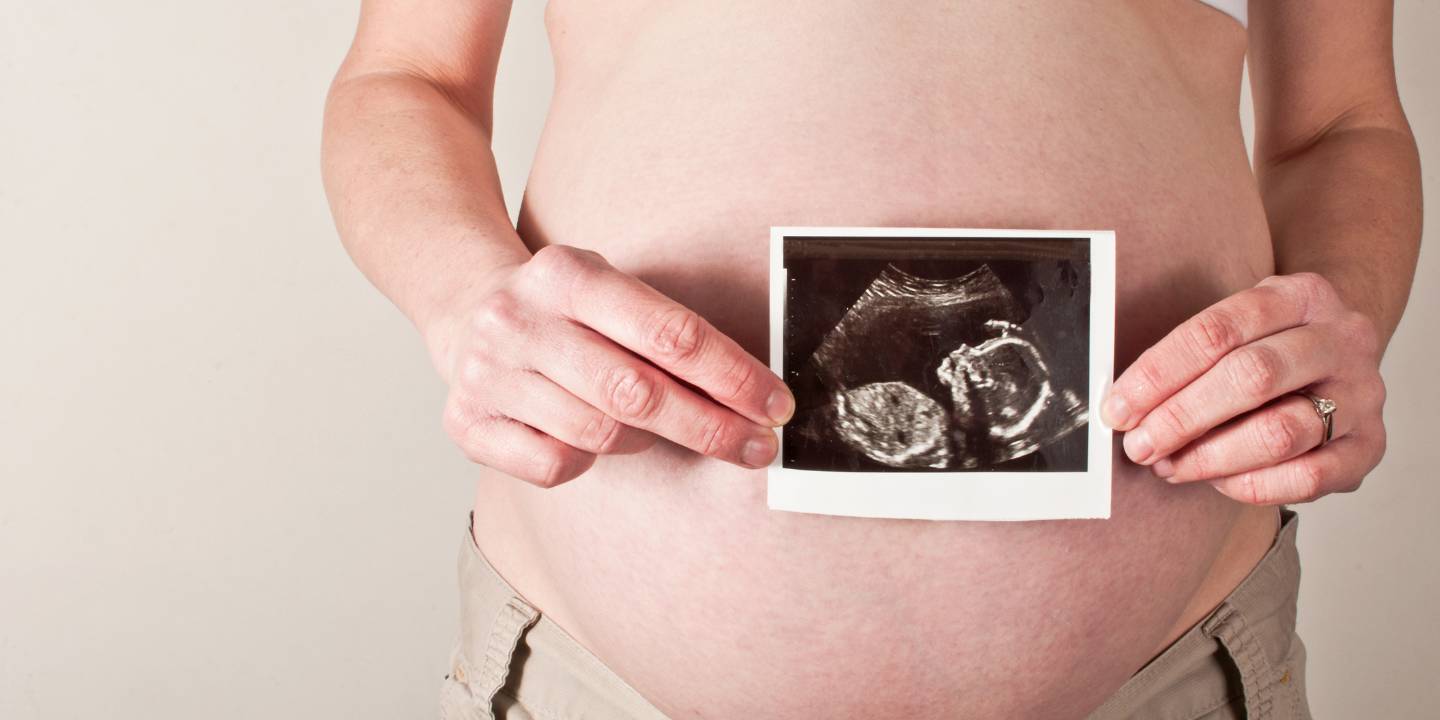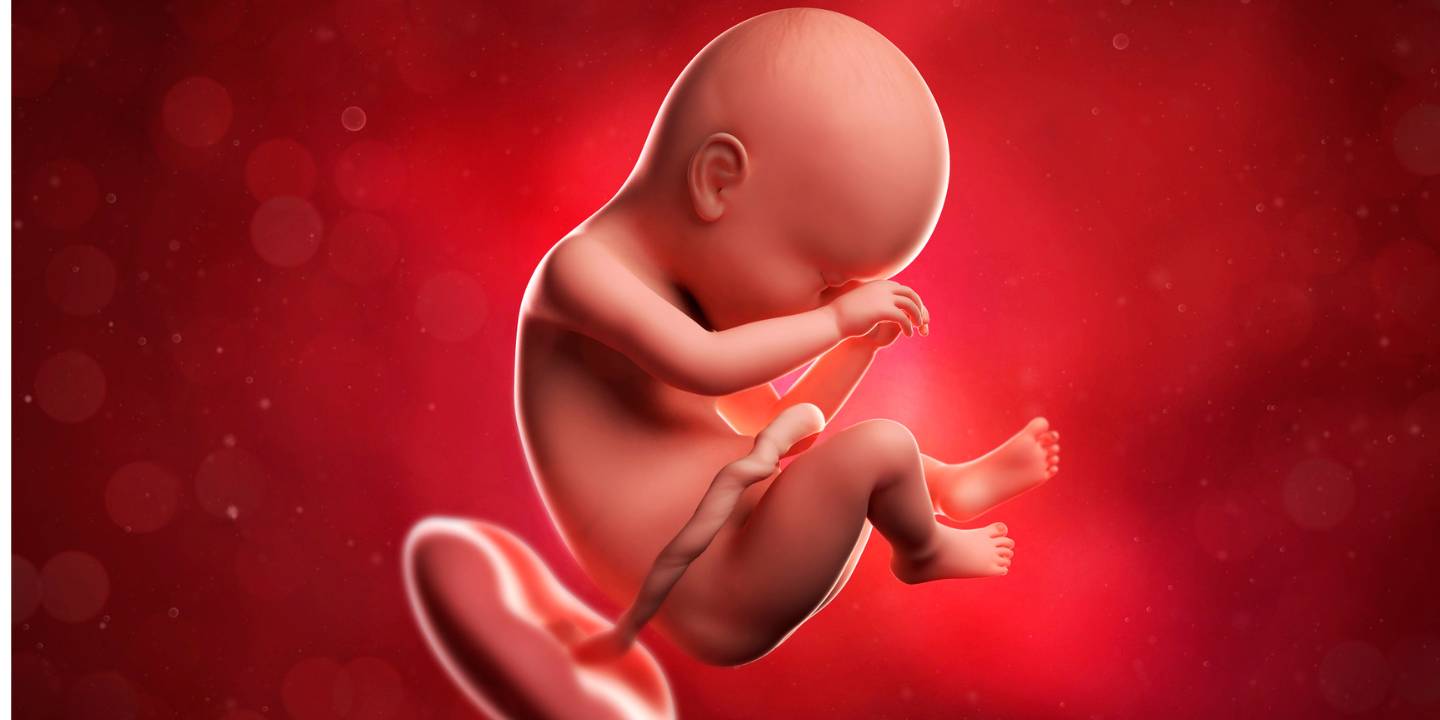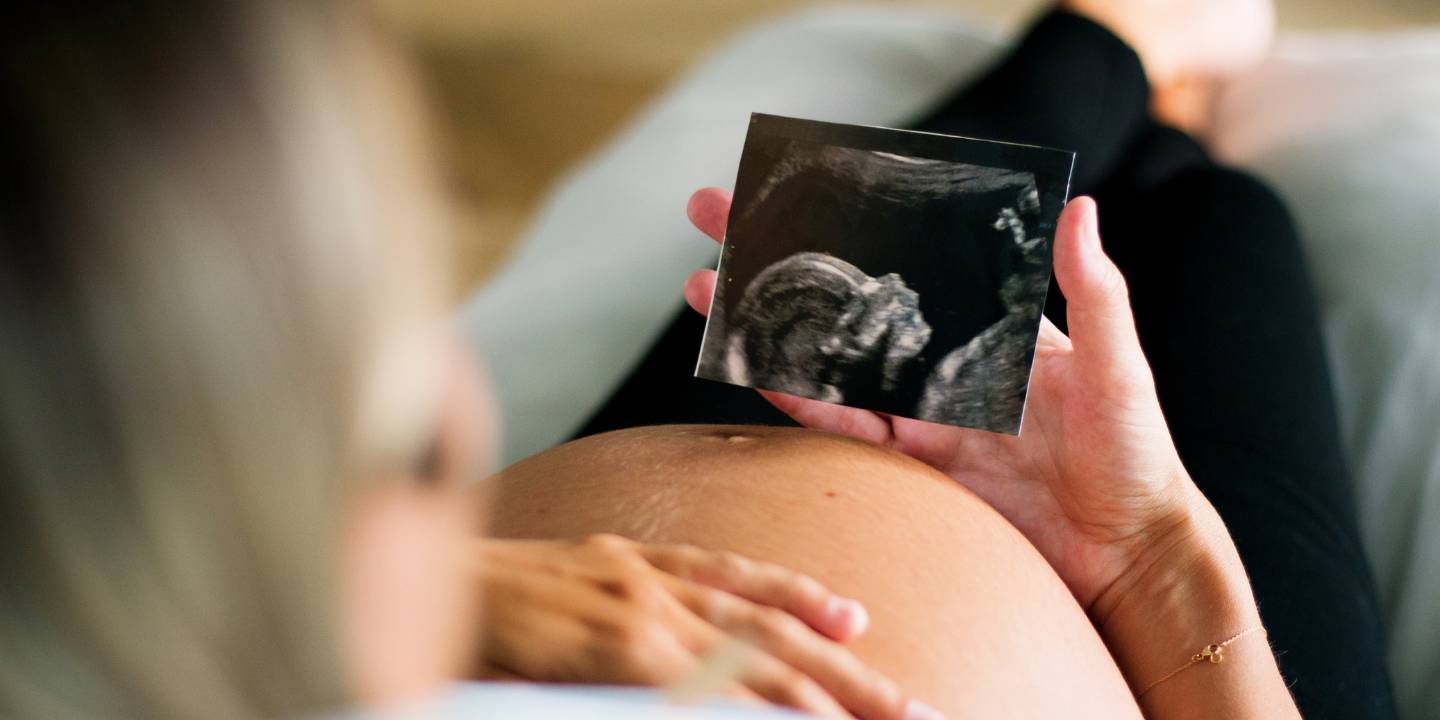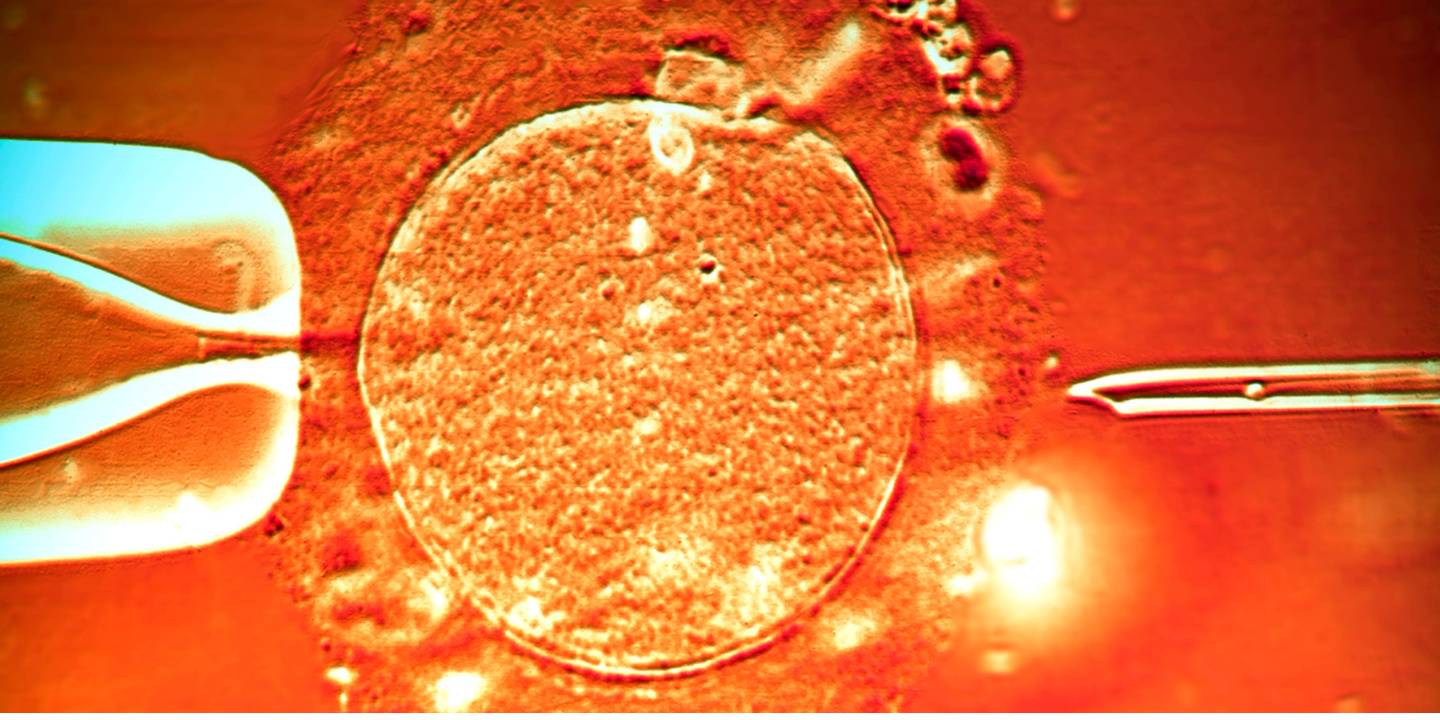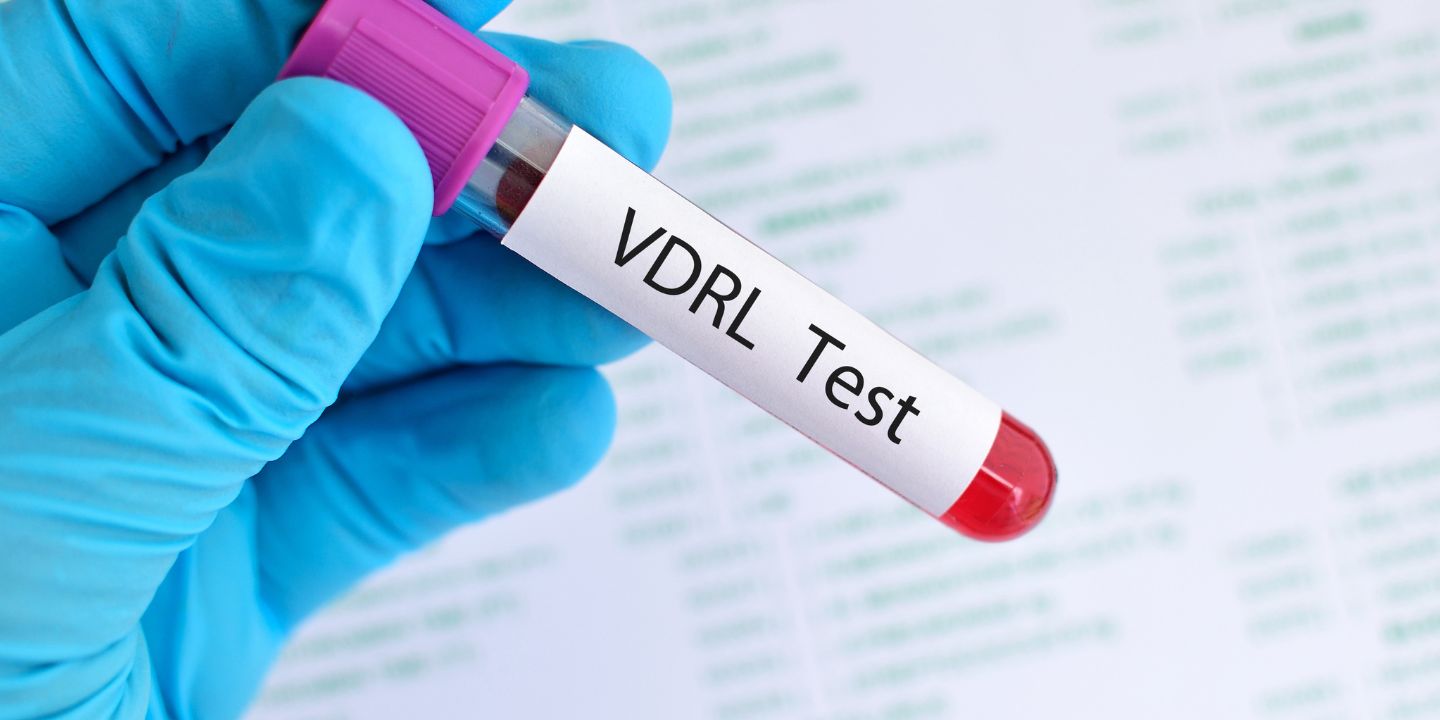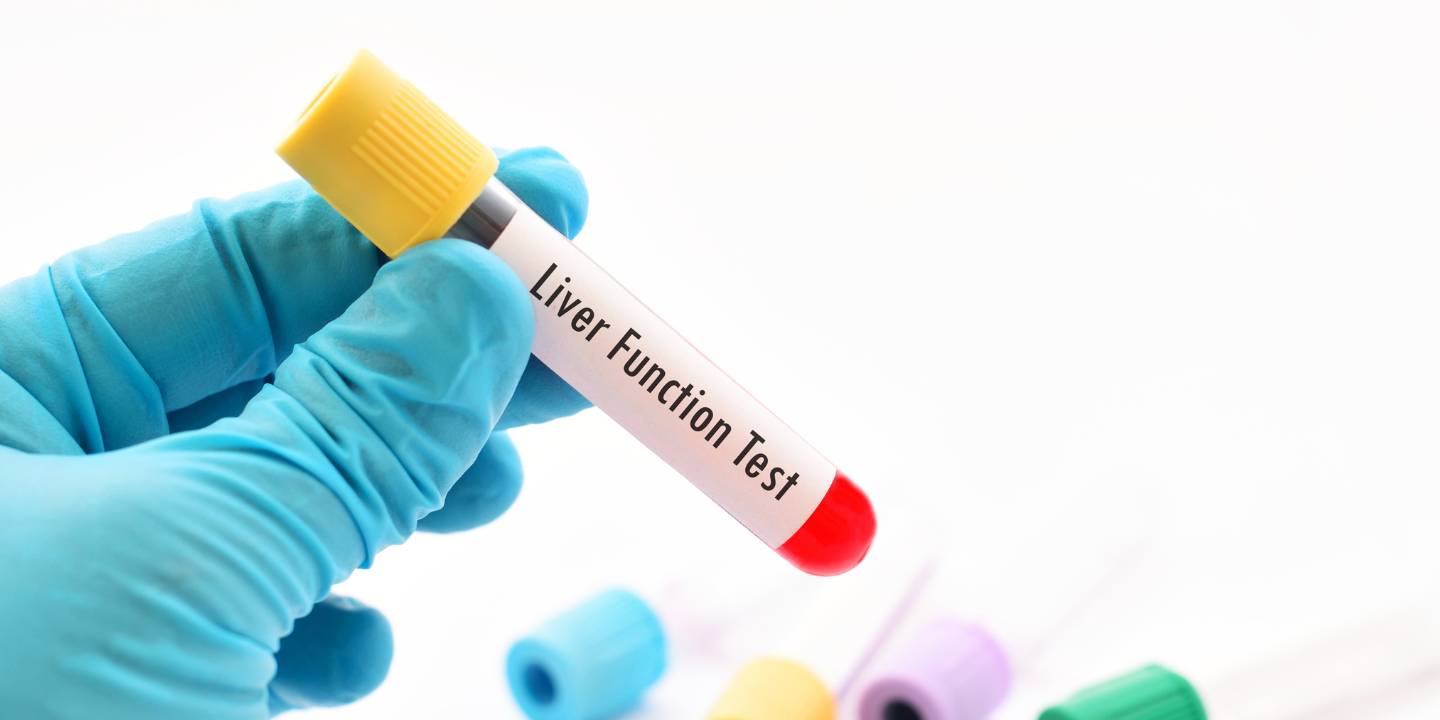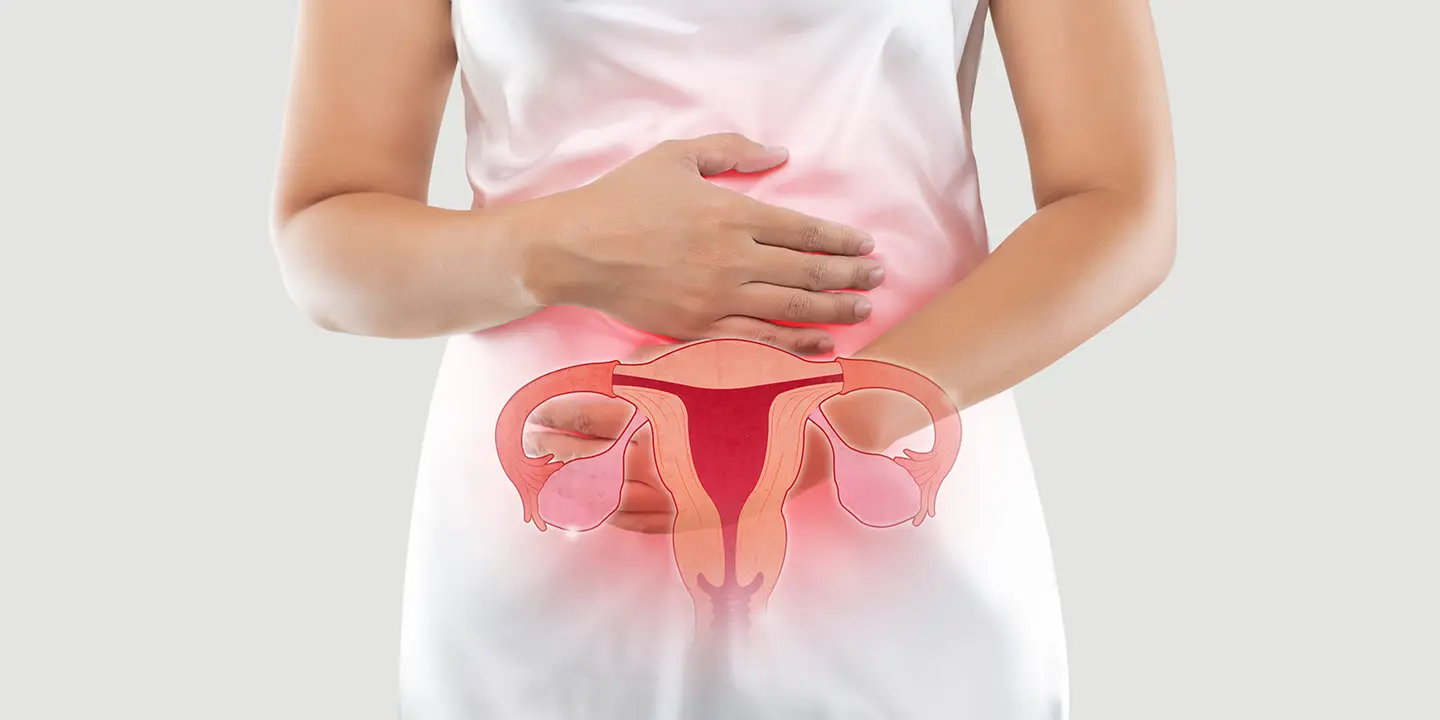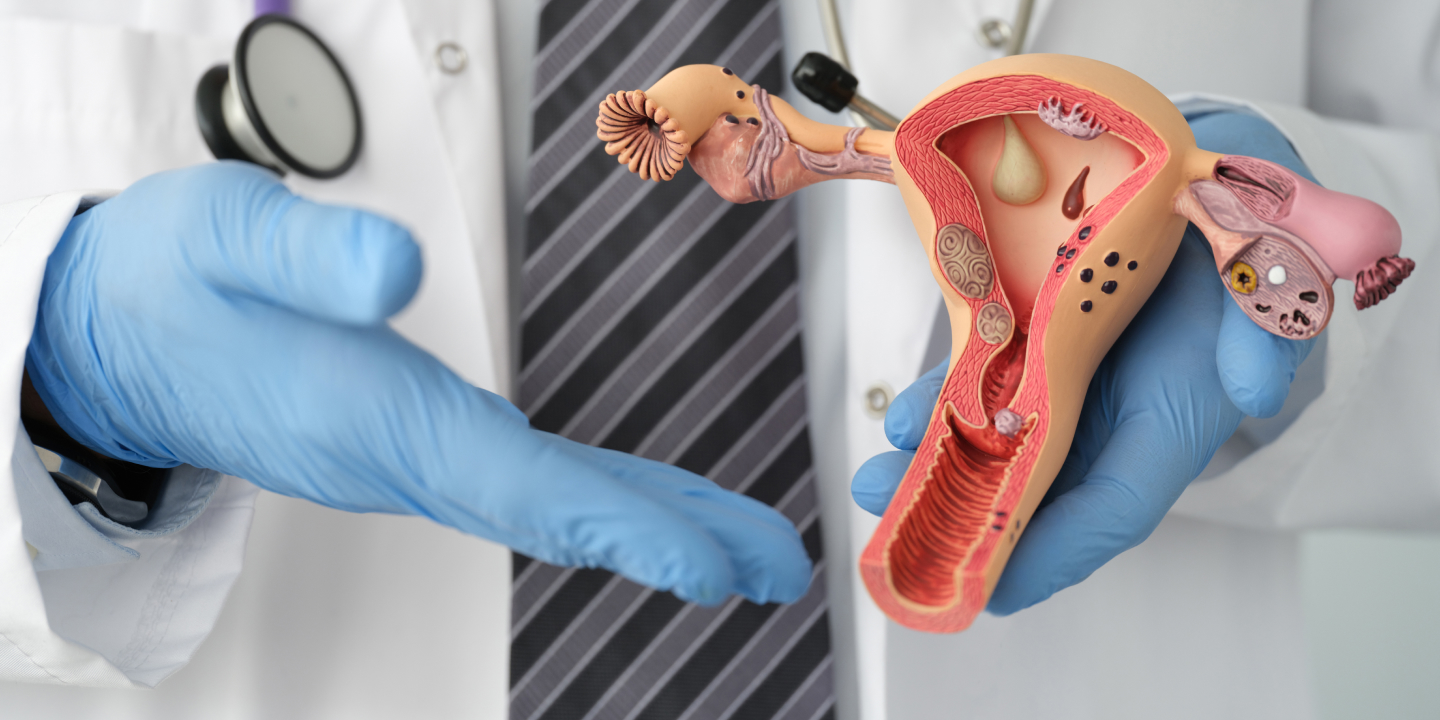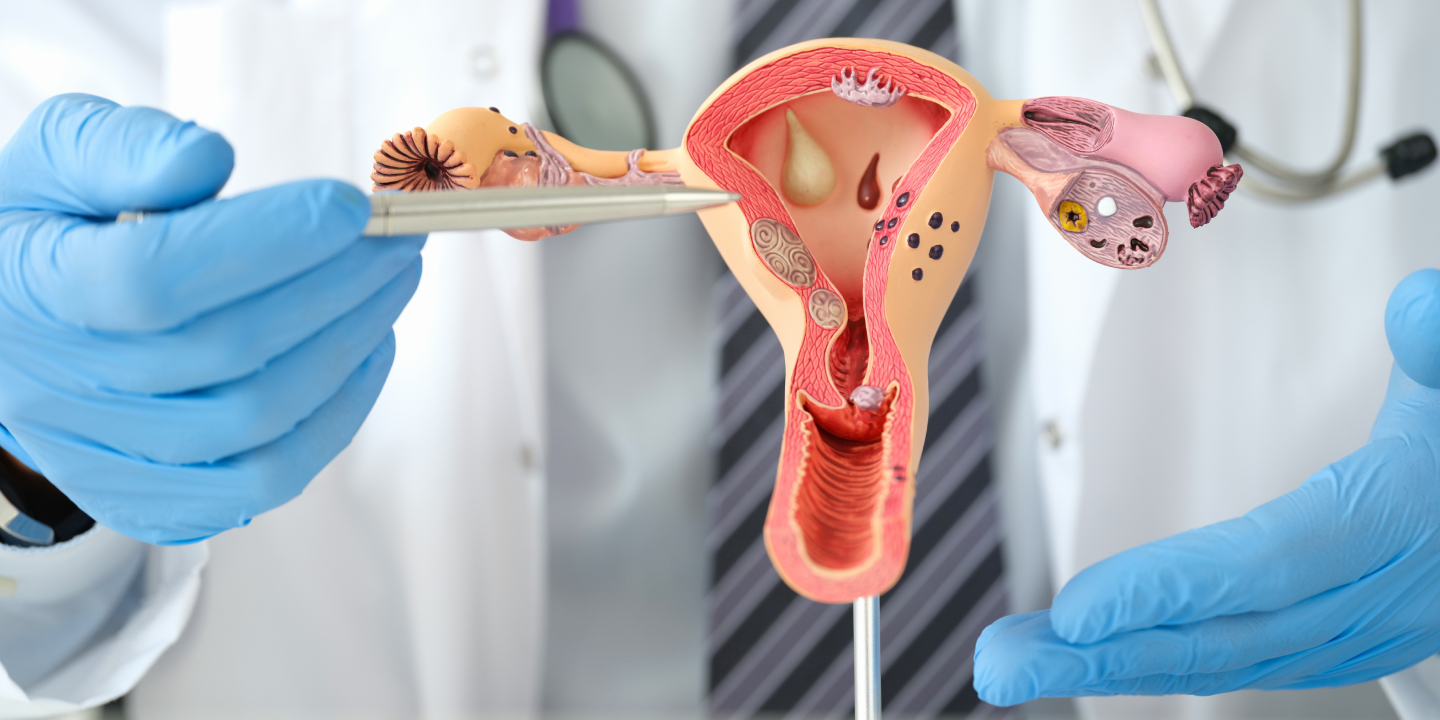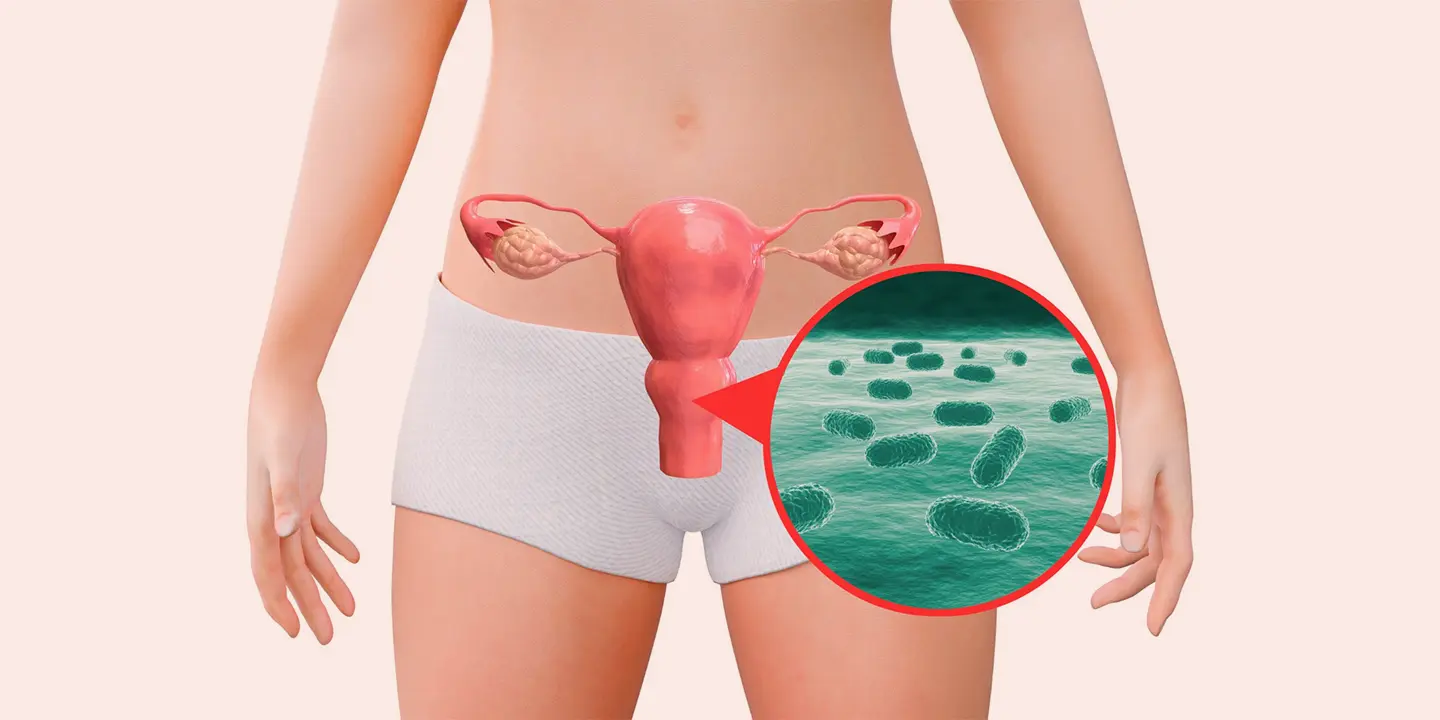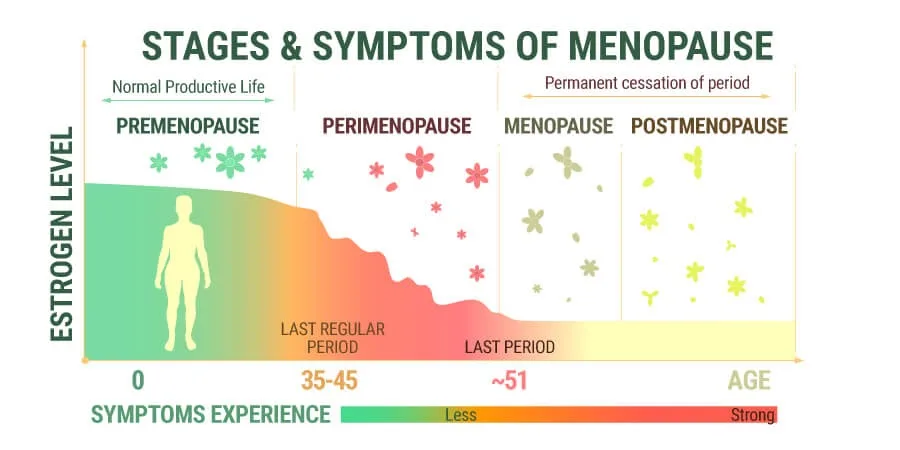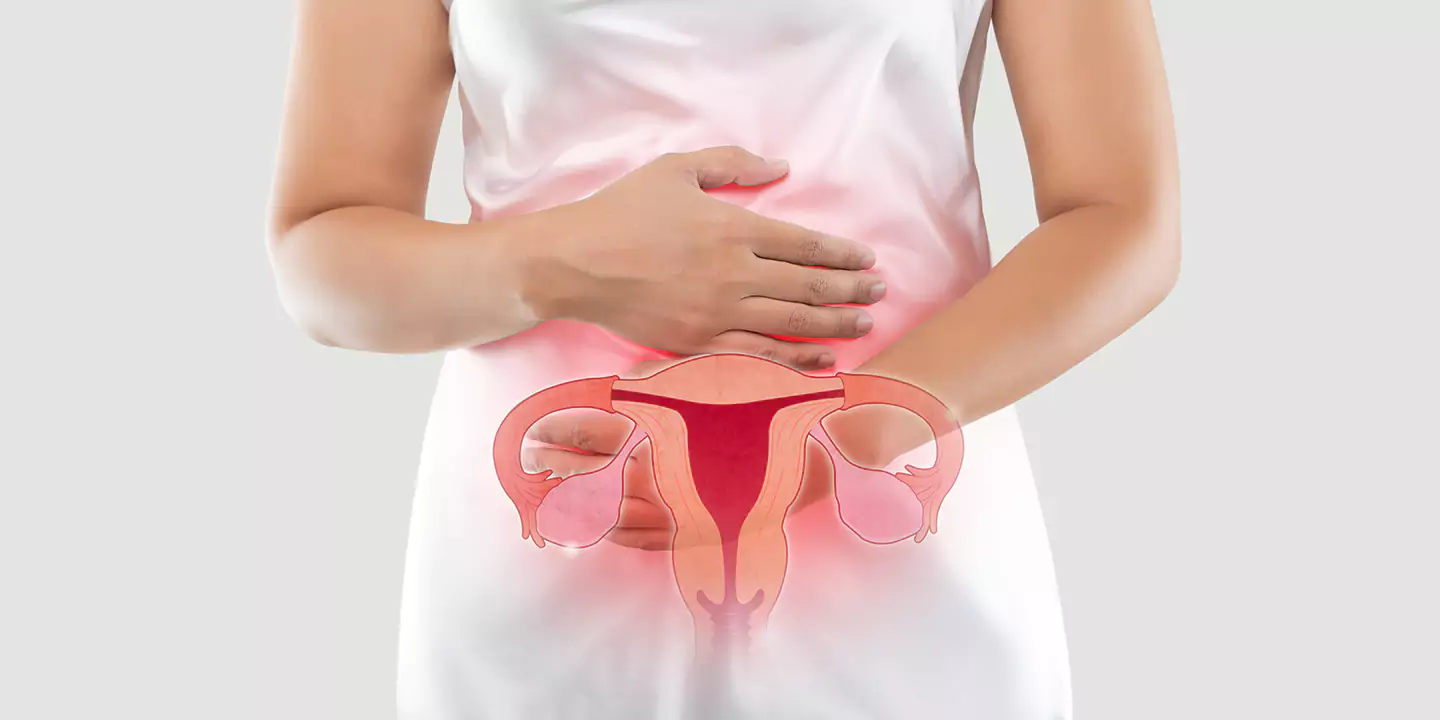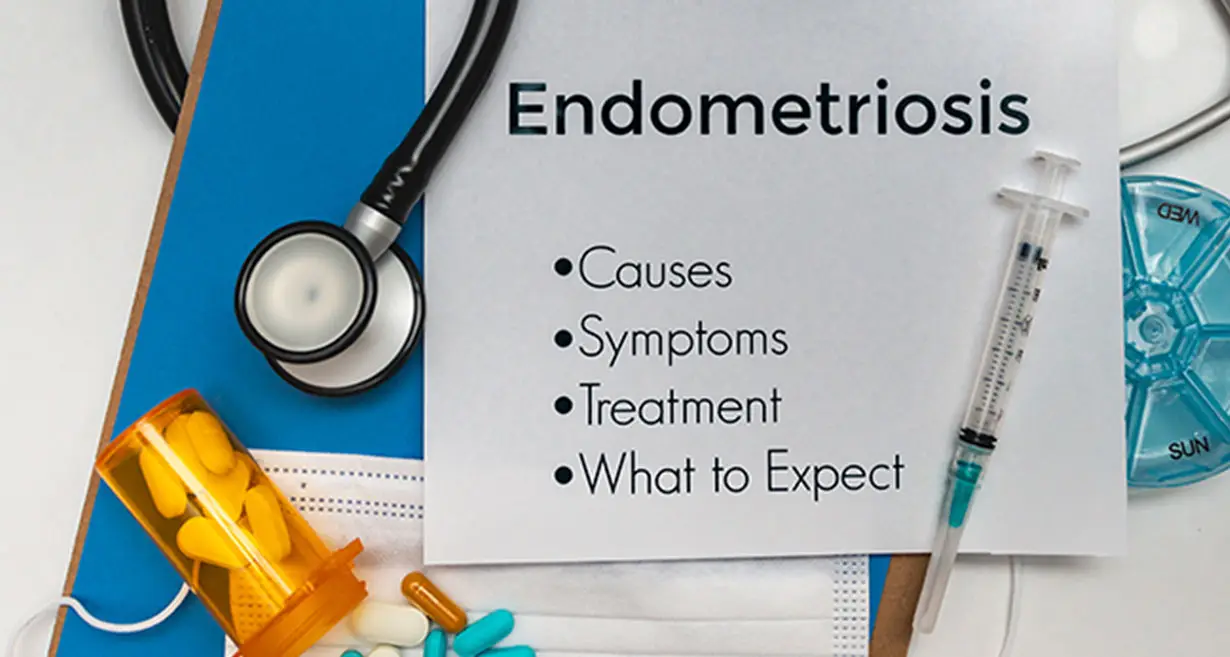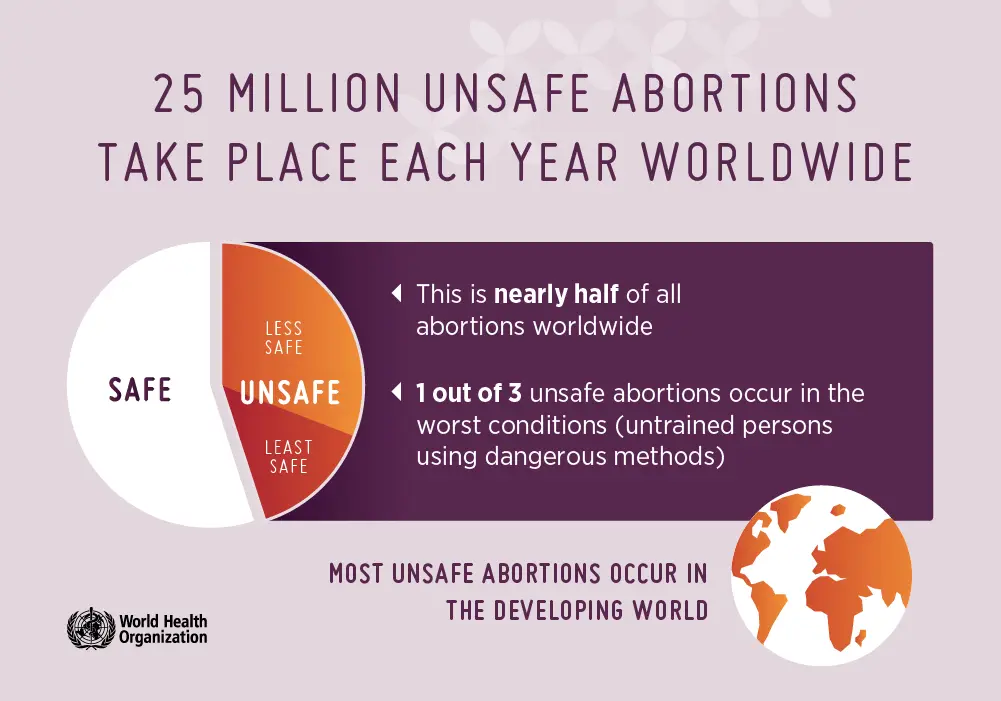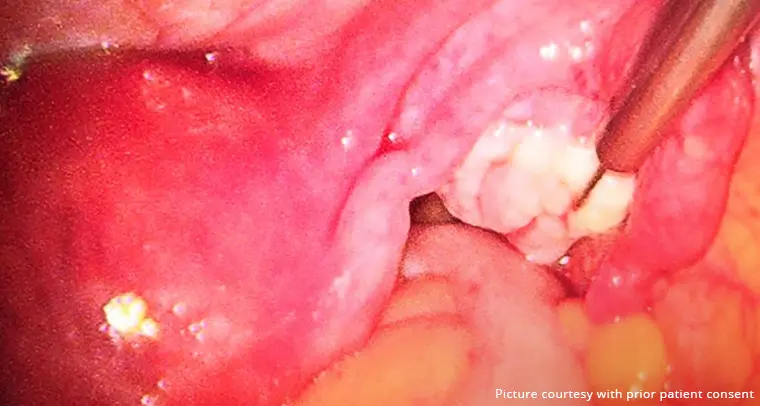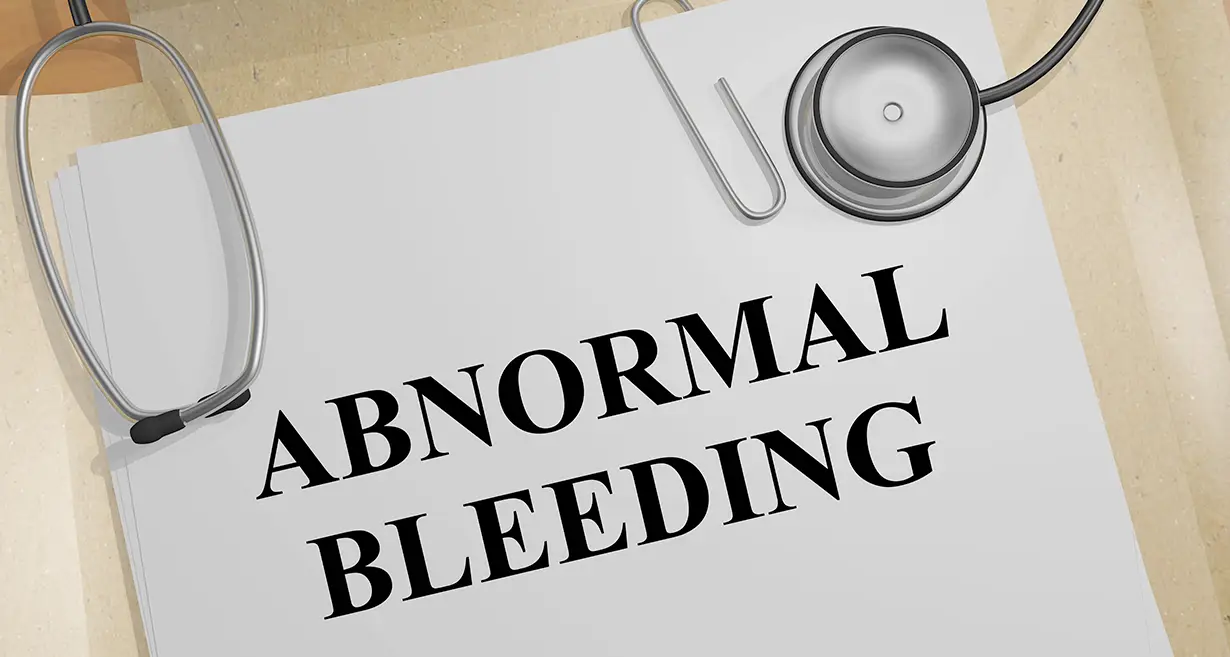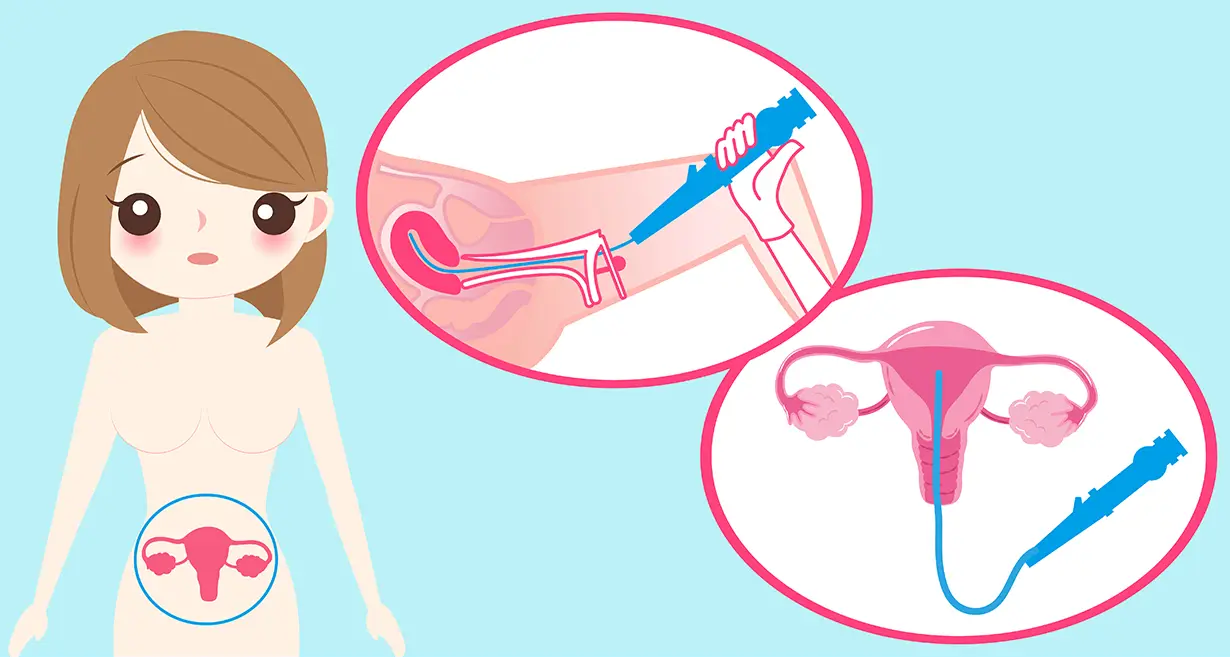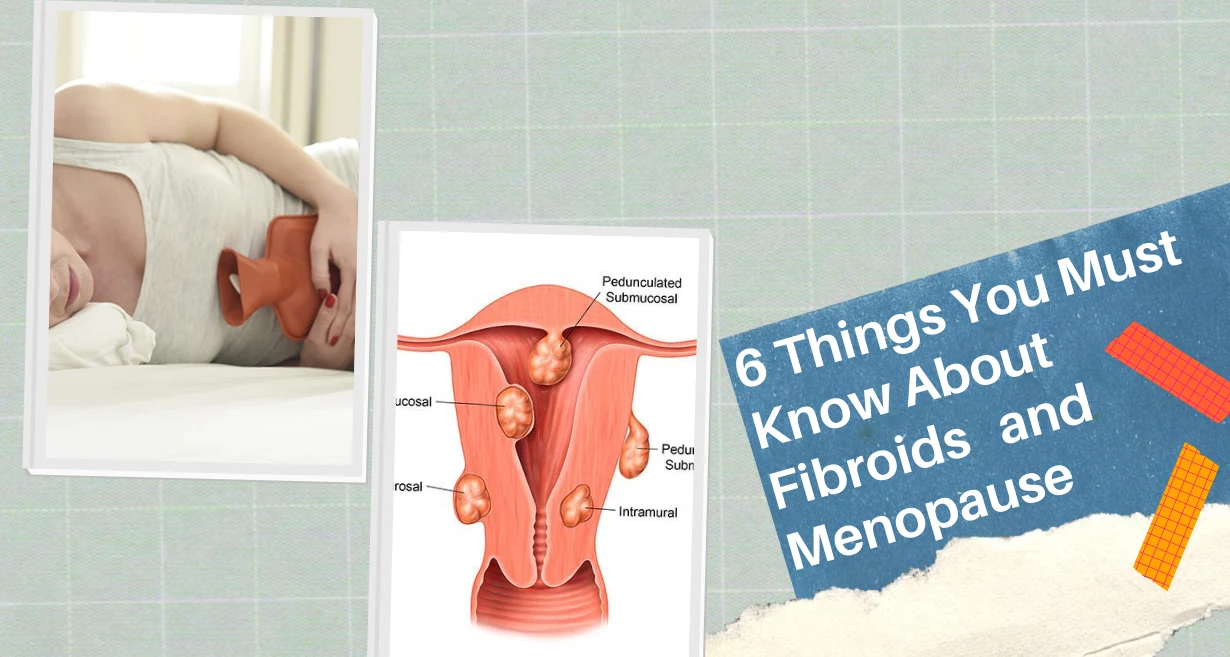
The most noticeable and one of the first indications that suggest you could be pregnant is the absence of your menstrual period.
Unless you have an irregular menstrual cycle, it should have commenced approximately four weeks after your last period.
Therefore, if it has been over four weeks since your last period and you have yet to experience any menstruation, congratulations, there is a possibility that you are pregnant.
You can take a home pregnancy test during the fourth week, as most tests can tell you are pregnant after three and a half weeks.
Let’s learn more about pregnancy symptoms at 4 weeks.
In this Article
4 Weeks Pregnant – Baby Development
From the fourth week onward, your developing baby is referred to as an embryo. At this stage, your tiny embryo measures around 2 mm, which is approximately the size of a poppy seed. The embryo is safeguarded by the amniotic sac, filled with fluid that offers cushioning and protection.
Additionally, it is connected to a small yolk sac that supplies all the necessary nourishment. The outer layer of cells will eventually develop into the placenta, which will play a vital role in delivering oxygen and nutrients to support your baby’s growth.
Related Blog: 8 Surprising Things Unborn Babies Usually Do In The Womb
Symptoms of Pregnancy at 4 Weeks
It can be challenging to determine if you’re experiencing week 4 pregnancy symptoms or just having premenstrual symptoms. This is because many of the initial signs of pregnancy are similar to common symptoms you experience before your period.
While it’s normal to have no symptoms at this stage, you might experience the following 4 weeks pregnant symptoms:
- Bloating
Bloating is one of the most common 4th week pregnancy symptoms. You may feel a bit swollen or puffed up during this stage. Wearing comfortable clothing can help.
- Spotting
Bleeding in early pregnancy 4 weeks is pretty common and can occur due to implantation. But if there’s heavy bleeding, it lasts longer than a few days, or if you’re worried, it’s best to consult your doctor.
- Mild Cramping
Some cramping is normal as it indicates the baby has properly attached to the uterus lining. However, severe cramping or pain should be reported to the doctor promptly.
- Morning Sickness
Nausea and sometimes vomiting can affect many pregnant women, typically starting around this time. It’s usually at its worst around nine weeks and tends to improve during the second trimester around 4th month pregnancy.
- Mood Swings
Hormonal changes can cause your mood to fluctuate. This is most pronounced in the first 12 weeks but should improve later on during 4th month of pregnancy.
- Sore Breasts
Hormonal changes can cause breast swelling and tenderness as your body prepares for the baby’s arrival and breastfeeding.
- Fatigue
Feeling extremely tired is a common symptom at 4 weeks, as your body is working hard to support the developing embryo.
Remember, every pregnancy is unique, and if you have any concerns or unusual symptoms, it’s always a good idea to consult with your healthcare provider.
Week 4 Pregnancy – Tips to Follow
Here are some tips you need to follow during the fourth week of pregnancy:
- Go for Your First Prenatal Appointment
Most pregnancies are confirmed during the 4th week. So, once you take a test at home, the next thing you need to do is book your first prenatal appointment. You can visit Queen’s Gynaecology for the best prenatal check-up with a team of highly qualified and skilled doctors.
- Ease Nausea
At around 4 weeks pregnant, you may start feeling queasy and develop aversions to certain foods and smells. To manage this, try eating a snack first thing in the morning and ask your partner to help with meal preparation to avoid feeling sick before meals.
- Vitamin Intake
It’s important to continue taking your prenatal vitamins, especially if you’re struggling to eat well due to nausea. If taking it in the morning worsens your morning sickness, try taking it with a small snack before bedtime or splitting the dose between morning and night.
- Add Healthy Foods Into Snacks
If you find it difficult to eat nutritious foods, try incorporating them into tasty snacks. Blend dark, leafy greens into fruit smoothies with blueberries, mango, and banana. If you are unable to eat meat, hide ground or finely chopped meat in saucy dishes, and blend tofu into various recipes.
- Avoid Smoking, Alcohol, and Caffeine
Make an effort to quit smoking and avoid alcohol consumption. You also need to reduce your intake of caffeinated beverages like tea and coffee.
Takeaway at Four Weeks Pregnant
Around four weeks into pregnancy, the absence of your menstrual period suggests a possible pregnancy. Home pregnancy tests can be taken at this time. The baby starts developing and is around the size of a poppy seed at 4 weeks. Symptoms like bloating, spotting, mild cramping, morning sickness, mood swings, sore breasts, and fatigue may be experienced. Tips include scheduling a prenatal appointment, managing nausea, taking prenatal vitamins, getting enough vitamin D, incorporating healthy snacks, and avoiding smoking, alcohol, and excessive caffeine.
To schedule your prenatal appointment, contact Queen’s Gynecology in Delhi. We have a team of highly qualified and experienced gynecologists and obstetricians to offer the best pregnancy care and treatment.
Summary
During week 4, your pregnancy can be confirmed with a home test. One of the first signs to indicate your pregnancy is missing periods. The embryo starts developing during this stage, so you may experience symptoms like bloating, spotting, cramping, morning sickness, mood swings, sore breasts, and fatigue. Tips for the fourth week include taking prenatal vitamins, eating healthy foods, avoiding smoking, alcohol, and excessive caffeine, and going for a prenatal check-up. It is best to follow the doctor’s advice post-check-up to ensure a healthy and safe pregnancy journey.
| Week | Pregnancy Symptoms | Tips and Advice | Baby Development |
| Week 1 | – Missed period | – Take a home pregnancy test | – Fertilization occurs |
| Week 2 | – Tender breasts | – Begin taking prenatal vitamins | – Blastocyst implants in the uterus |
| Week 3 | – Fatigue | – Schedule your first prenatal visit | – Embryonic development begins |
| Week 4 | – Morning sickness starts | – Avoid alcohol, smoking, and caffeine | – Neural tube forms |
| Week 5 | – Increased urination | – Eat a balanced diet | – Heart starts beating |
| Week 6 | – Mood swings | – Stay hydrated | – Brain and head development |
| Week 7 | – Constipation | – Start gentle exercise | – Limb buds form |
| Week 8 | – Food cravings | – Get plenty of rest | – Webbed fingers and toes develop |
| Week 9 | – Weight gain begins | – Avoid raw or undercooked foods | – Tail disappears, now considered a fetus |
| Week 10 | – Visible baby bump | – Wear comfortable clothing | – Organs continue to develop |
| Week 11 | – Darkened areolas | – Practice relaxation techniques | – Baby can swallow and produce urine |
| Week 12 | – Reduced nausea | – Consider prenatal classes | – Sex organs distinguishable |
| Week 13 | – Increased energy | – Continue regular check-ups | – Baby’s fingerprints form |
| Week 14 | – Less frequent urination | – Plan for maternity leave | – Baby’s facial muscles develop |
| Week 15 | – Quickening (baby moves) | – Do pelvic floor exercises | – Baby can make facial expressions |
| Week 16 | – Round ligament pain | – Stay active with low-impact exercises | – Develops sense of hearing |
| Week 17 | – Nasal congestion | – Consider a prenatal massage | – Baby’s skeleton starts hardening |
| Week 18 | – Belly button changes | – Stay well-hydrated | – Vernix caseosa covers the skin |
| Week 19 | – Braxton Hicks contractions | – Eat small, frequent meals | – Baby’s kicks become stronger |
| Week20 | – Leg cramps | – Begin monitoring baby’s movements | – Baby is covered in lanugo (fine hair) |
| Week 21 | – Shortness of breath | – Sleep on your side | – Eyebrows and eyelashes appear |
| Week 22 | – Linea nigra (skin darkens) | – Practice relaxation techniques | – Rapid brain development |
| Week 23 | – Backache | – Consider prenatal yoga or swimming | – Baby can recognize your voice |
| Week 24 | – Swollen ankles | – Elevate feet when sitting or lying | – Lungs continue to mature |
| Week 25 | – Increased appetite | – Continue regular prenatal check-ups | – Baby may respond to loud noises |
| Week 26 | – Heartburn | – Sleep with extra pillows for support | – Eyes open for the first time |
| Week 27 | – Braxton Hicks intensify | – Pack your hospital bag | – Baby can hiccup |
| Week 28 | – Trouble sleeping | – Monitor blood pressure | – Baby’s kicks become more regular |
| Week 29 | – Shortness of breath | – Avoid lifting heavy objects | – Baby’s bones fully developed |
| Week 30 | – Swollen hands | – Stay hydrated and avoid salt | – Baby may be head-down in preparation for birth |
| Week 31 | – Increased vaginal discharge | – Take childbirth classes | – Baby’s immune system develops |
| Week 32 | – Hemorrhoids | – Practice perineal massage | – Baby’s toenails and fingernails grow |
| Week 33 | – Trouble finding a comfortable position to sleep | – Rest and nap when possible | – Baby’s bones start to harden further |
| Week 34 | – Frequent urination | – Prepare for maternity leave | – Baby’s central nervous system matures |
| Week 35 | – Braxton Hicks increase | – Avoid prolonged standing or sitting | – Baby’s skin becomes less wrinkled |
| Week 36 | – Pelvic pressure | – Finalize birth plan | – Baby continues to gain weight |
| Week 37 | – Lightening (baby drops) | – Stay active with walking | – Baby’s head positions for birth |
| Week 38 | – Fatigue increases | – Do pelvic exercises | – Baby’s lungs are fully mature |
| Week 39 | – Cervix effacement | – Rest and conserve energy | – Baby’s immune system continues to develop |
| Week 40 | – Contractions begin | – Monitor contractions | – Baby’s digestive system is ready for breast milk |
| Week 41 | – Dilation of cervix | – Stay calm and patient during labor | – Baby’s head molds to fit through the birth canal |
Please note that every pregnancy is unique, and symptoms and developments may vary from person to person. Always consult with a healthcare professional for personalized advice and care during pregnancy.













